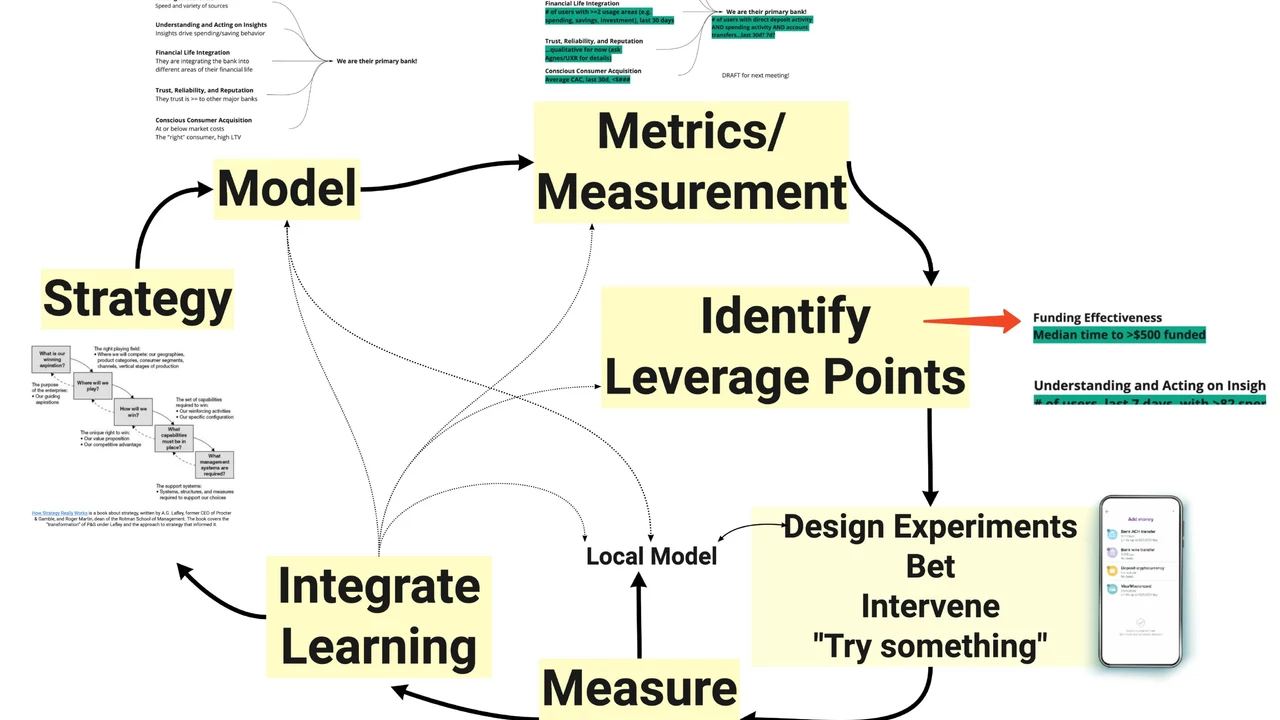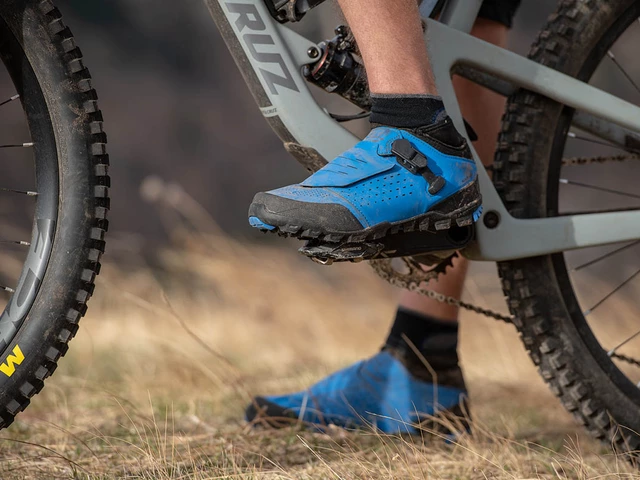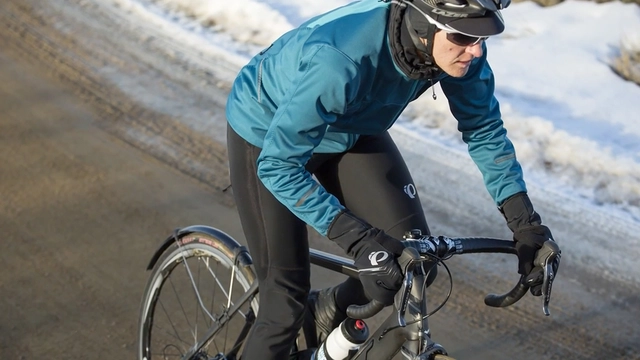Understanding the Concept of Drafting in Cycling
Before we delve into the effectiveness of drafting in cycling, it's important to first understand the concept. Drafting, also known as slipstreaming, is a strategy used by cyclists where they ride closely behind another cyclist to reduce wind resistance. The rider in front, known as the lead rider, breaks the wind, thus making it easier for the rider behind, known as the drafter, to maintain the same speed with less effort. It's a technique that's often used in competitive cycling, but it's also useful in recreational rides or triathlons.
The Science Behind Drafting
So, how does drafting work? Science has an answer. When the lead rider cuts through the air, they create a pocket of low pressure behind them. This low-pressure pocket, or slipstream, essentially 'pulls' the following rider along. This effect is most significant at high speeds and in conditions with strong headwinds. However, the effect also depends on how closely the drafter is following the lead rider. The closer the drafter is to the lead, the greater the benefits of drafting.
Energy Savings and Drafting
One of the major benefits of drafting is the energy saved. Studies have shown that drafting can reduce the drafter's energy expenditure by up to 30%. When you're cycling in a group, this energy saving is even more important as it can be the difference between keeping up with the pack or falling behind. Remember, while the drafter is saving energy, the lead rider is not. In group rides or races, cyclists often take turns at the front to share the workload.
Speed Advantages of Drafting
Along with energy savings, drafting can also provide a substantial speed advantage. By reducing wind resistance, drafting allows the following rider to maintain a higher speed with the same amount of effort. This can be a crucial factor in races, as even a slight speed advantage can lead to significant gains over the course of a long race. It's not uncommon to see professional cyclists using tactics such as drafting to gain an edge over their competitors.
The Risks Involved in Drafting
While drafting has many benefits, it also carries certain risks. Riding closely behind another cyclist requires a high level of skill and concentration. There's a risk of collision if the lead cyclist brakes suddenly or swerves to avoid an obstacle. Furthermore, the drafter may not have a clear view of the road ahead, which can lead to dangers. It's also worth noting that in some competitive events, drafting is not permitted for safety reasons.
Mastering the Art of Drafting
Drafting is a skill that takes time and practice to master. It involves not only physical endurance but also tactical awareness and good communication with your fellow cyclists. It's important to maintain a safe but effective distance from the lead cyclist, and to take turns at the front to share the workload. Remember, drafting is a team effort, and communication is key to its successful execution.
Conclusion: The Effectiveness of Drafting in Cycling
So, how effective is drafting in cycling? The answer is, very. By reducing wind resistance and energy expenditure, drafting can provide a significant speed advantage, particularly in competitive cycling. However, it's also a skill that requires practice and careful execution to avoid risks. But, with the right approach and teamwork, drafting can be a game-changer in your cycling strategy.








Write a comment